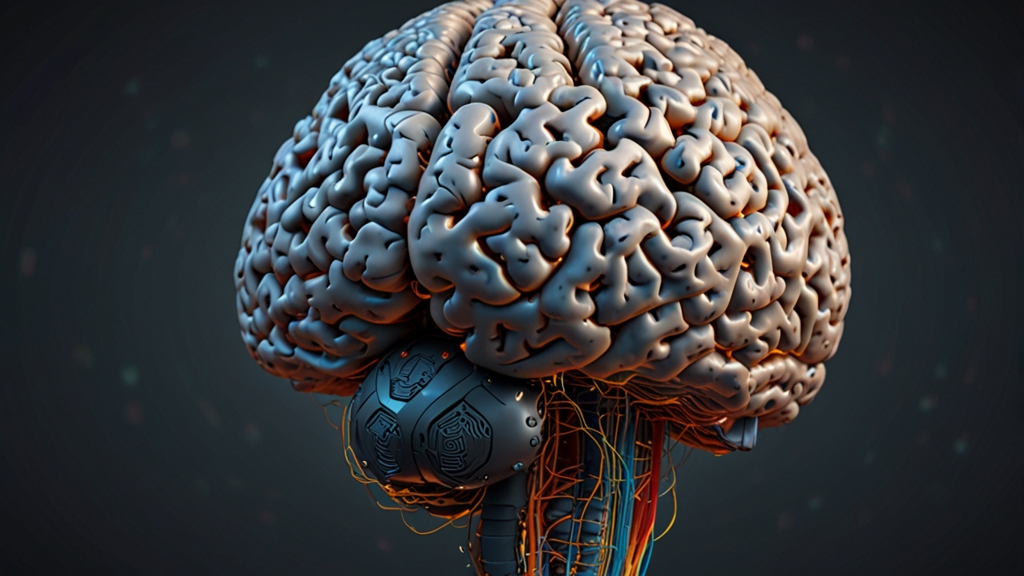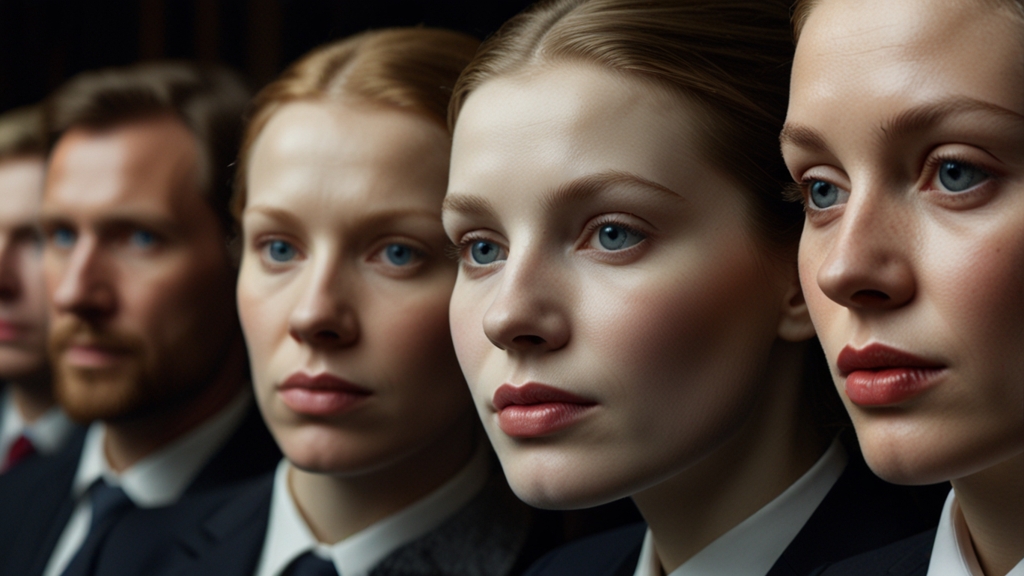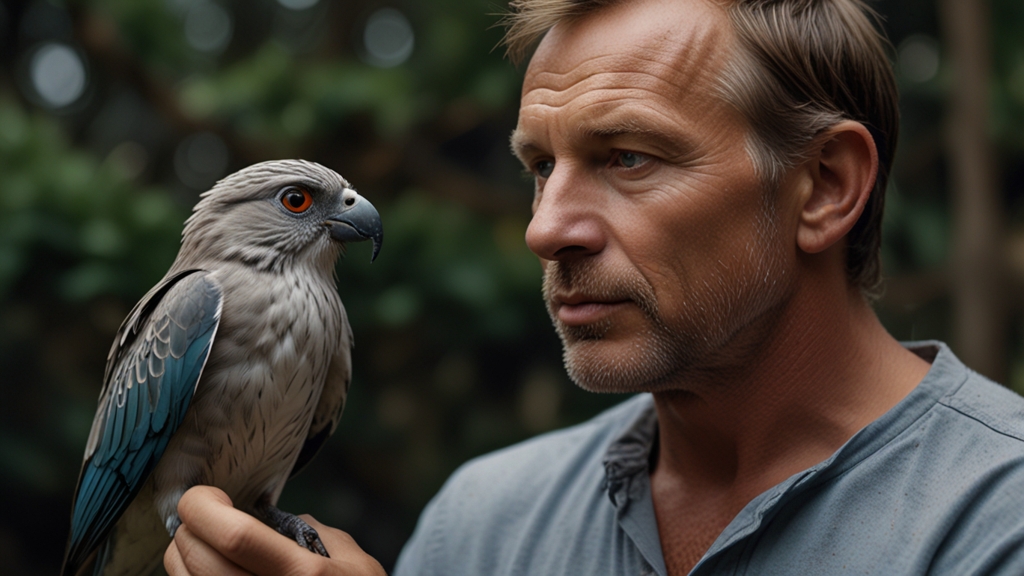Jesus in Art: How His Image Has Changed Over Centuries
The portrayal of Jesus Christ in art has undergone significant transformations over the centuries, influenced by cultural, theological, and artistic trends. Each era’s depiction of Jesus reflects not only the theological beliefs of the time but also the social and political contexts in which the artists created their works. From early Christian iconography to modern interpretations, the image of Jesus has been a dynamic and evolving symbol.
Early Christian Art: Symbolism and Secrecy
In the earliest days of Christianity, followers worshipped in secret to avoid persecution. As a result, early Christian art was laden with symbolism. Jesus was often depicted in cryptic ways, such as the Good Shepherd, a figure carrying a lamb over his shoulders, which was borrowed from Roman paganism. These symbolic representations allowed Christians to communicate their faith discreetly.
“The Good Shepherd lays down his life for the sheep.” – John 10:11
Another common depiction from this period is the ichthys, or fish symbol, which became a covert symbol among Christians. The simplicity and anonymity of these images reflect the precarious position of early Christians in a predominantly pagan world.
Byzantine Iconography: Divine Majesty
With the advent of the Byzantine Empire, Christian art entered a new phase. During this period, Jesus was often depicted in a highly stylized and majestic manner. This era saw the creation of iconic images, such as the Christ Pantocrator, which presents Jesus as the Almighty Ruler of the Universe. These images were characterized by:
- Gold backgrounds symbolizing divine light
- Formal, frontal poses emphasizing solemnity and reverence
- Large, striking eyes that conveyed spiritual presence
This was a time when icons were believed to be not just representations but also windows to the divine, demanding veneration and awe from the faithful.
Medieval and Renaissance Transformations
During the Medieval period, Western Europe saw the emergence of the Romanesque and Gothic styles, bringing about different portrayals of Jesus. Medieval art often depicted Jesus in scenes from the Bible, emphasizing his suffering and humanity, such as the crucifixion and the Last Judgment.
“Surely he took up our pain and bore our suffering, yet we considered him punished by God, stricken by him, and afflicted.” – Isaiah 53:4
The Renaissance brought a renewed interest in classical antiquity and humanism, profoundly impacting the portrayal of Jesus. Artists like Leonardo da Vinci and Michelangelo depicted Jesus with a blend of divine grace and human emotion. In The Last Supper by Leonardo, for instance, Jesus is shown as a serene yet central figure amidst the chaos of his disciples, highlighting his role as the spiritual anchor.
Baroque Drama and Realism
The Baroque period continued to transform the image of Jesus with a focus on emotional intensity and dramatic realism. Artists like Caravaggio employed chiaroscuro – the use of light and shadow – to create powerful, almost theatrical scenes. Jesus was often depicted in moments of dramatic narrative tension, such as the Supper at Emmaus, emphasizing both his divine presence and human vulnerability.
Modern and Contemporary Interpretations
In the modern era, artistic representations of Jesus have become more diverse than ever. Contemporary artists have reinterpreted his image to reflect current issues, cultural contexts, and personal beliefs. For instance, Salvador Dalí’s Christ of Saint John of the Cross portrays a surreal, almost cosmic Jesus, pointing towards both his divinity and the mysteries of the universe.
Other modern depictions challenge traditional views, sometimes stirring controversy but also encouraging dialogue on Jesus' role and relevance in today's world. These contemporary works often reflect themes of social justice, inclusion, and human rights, showing Jesus as an advocate for the marginalized and oppressed.
Conclusion
Whether through the solemn icons of the Byzantine era, the humanistic portrayals of the Renaissance, or the dramatic realism of the Baroque period, the image of Jesus in art has continually evolved. Each depiction not only adds to the rich tapestry of Christian iconography but also serves as a mirror reflecting the diverse cultural and historical contexts from which they emerged. As art continues to evolve, so too will the image of Jesus, continually reshaped and reimagined to speak to new generations.








